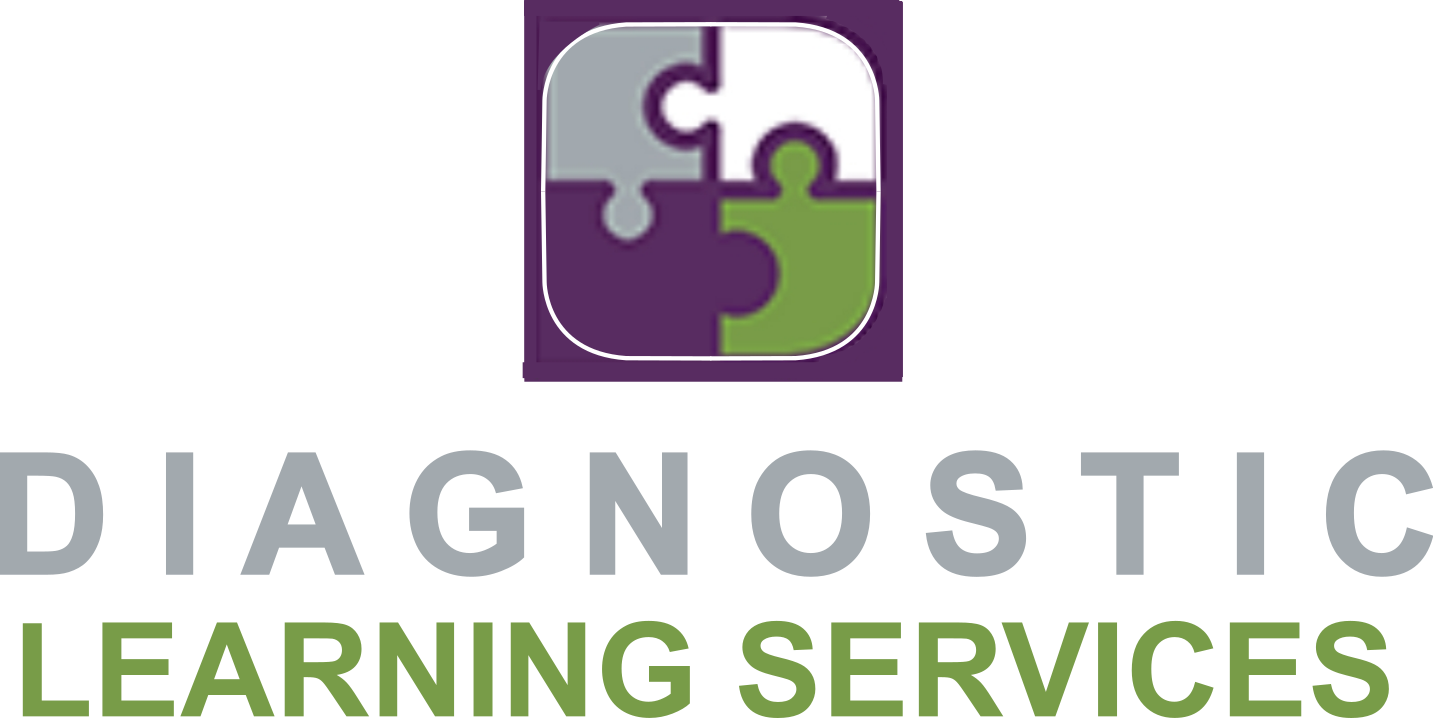ADHD in Children, Adolescents, and Adults
The latest version of the Diagnostic and Statistical Manual of Mental Disorders no longer includes the diagnosis of ADD. Instead, it includes all disorders of attention as ADHD and then qualifies them as one of the following:
Primarily Inattentive
Primarily Hyperactive
Combined Type (both inattentive and hyperactive)
Individual who are primarily hyperactive are typically easy to spot. Characteristics of this subtype include some of the following:
In children:
Often fidgets with things or taps hands/feet or squirms in chair
Often leaves seat in situations when remaining seated is expected
Often runs about or climbs in situations where it is inappropriate
Is noisy in play or leisure activities
Is often “on the go” and seems as if “driven by a motor”
Talks excessively, on or off topic
Blurts our answers before questions have been completed
Cannot wait their turn
Often interrupts or intrudes on others
Will act out of impulse and when asked “why”, they will often respond with “I don’t Know”.
In adolescents and adults:
Often fidgets with things or taps hands/feet
Often leaves seat in situations when remaining seated is expected
Reckless driving, frequent tickets or accidents
Often interrupts or cannot wait turns in conversations
Frequently changes jobs, difficulty keeping a job, easily bored with a job
Can struggle with impulsive shopping, gambling, or other activities that allow instant gratification
Talks excessively, on or off topic
Impatient
Frequent mood swings or emotional outbursts
Individuals who are primarily inattentive are sometimes harder to notice.
Characteristics of this subtype include:
In children:
Fails to give close attention to details or makes careless mistakes in schoolwork
Has difficulty sustaining attention in tasks or play activities
Does not seem to listen to when spoken to directly
Does not follow through on instructions and fails to finish schoolwork or chores.
Has difficulty with organization
Avoids, dislikes, or is reluctant to engage in tasks that require sustained mental effort such as schoolwork or homework.
Loses or misplaces things
Easily distracted by extraneous stimuli
Forgetful in daily activities
In adolescents and adults:
Fails to give close attention to detail and makes careless mistakes in schoolwork or at work
Has difficulty sustaining attention to task
Has difficulty with organization
Loses or misplaces things
Easily distracted by extraneous stimuli
Forgetful in daily activities, forgets to turn in assignments or to pay bills
Can read something several times but have no idea what they read
Struggles to multi-task
Often loses track of conversations, forgets what someone is talking about
Inattentive type is often much harder to diagnose, and individuals can go much longer before anyone suspects that there is an issue. This is because individuals who are inattentive often look and act as if they are listening, when in fact, they can be a million miles away. Teachers often miss these students because they are not the ones causing trouble.
If you or someone you know is exhibiting any of these symptoms, then an ADHD evaluation can determine if an attention deficit is present. The evaluation for ADHD has to go deeper than just a few surveys and, instead, it should look at how an individual learns, processes, and retains information. The evaluation must also explore the history of these symptoms and how and where they were first observed.
